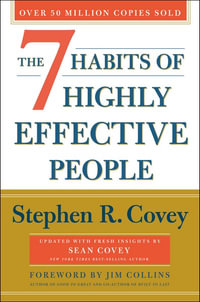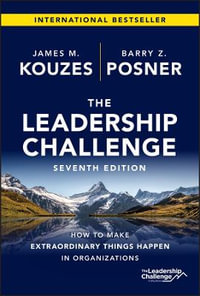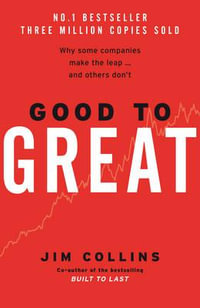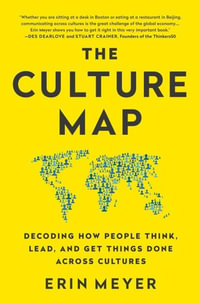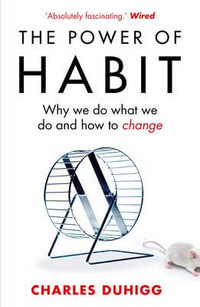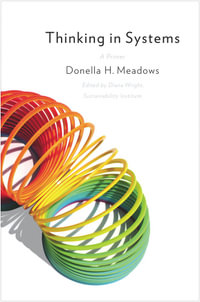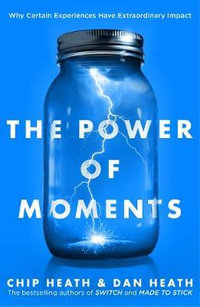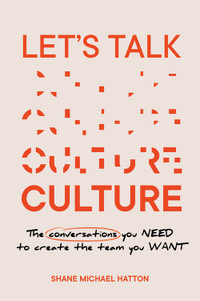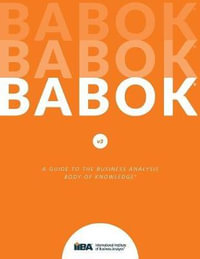| List of figures | |
| List of tables | |
| Introduction | p. 1 |
| Emotion and Affect as Within-Person Phenomena | |
| The structure of affect: history, theory, and implications for emotion research in organizations | p. 17 |
| Emotion and organizational decision making: the roles of negative affect and anticipated regret in making decisions under escalation situations | p. 45 |
| Fear and loathing in the workplace | p. 61 |
| The case for emotion-induced toxicity: making sense of toxic emotions in the workplace | p. 73 |
| Disappointment and regret | p. 90 |
| The impact of emotions, moods and other affect-related variables on creativity, innovation and initiative | p. 103 |
| Emotions in and around performance: the thrill of victory, the agony of defeat | p. 120 |
| Affect, satisfaction, and performance | p. 136 |
| Affective influences on employee satisfaction and performance | p. 152 |
| Affect and work motivation | p. 170 |
| Emotions and counterproductive work behavior | p. 183 |
| Measuring emotion: methodological issues and alternatives | p. 197 |
| Emotion as an Individual Difference Variable | |
| The use of emotional intelligence in business: resolving varying definitions and measures and their relation ship to work performance | p. 211 |
| Emotional and social intelligence competencies | p. 226 |
| Learning to face emotional intelligence: training and workplace applications | p. 245 |
| Emotional Effects in Dyadic Interactions | |
| Emotion scripts in organizations: a multi-level model | p. 263 |
| Emotion regulation in the workplace | p. 384 |
| Emotional labour and employee well-being: an integrative review | p. 301 |
| Not all emotional display rules are created equal: distinguishing between prescriptive and contextual display rules | p. 316 |
| Doing emotion in service encounters: service agents' perceptions of emotional labor and emotional contagion | p. 335 |
| Emotions as social entities: interpersonal functions and effects of emotion in organizations | p. 349 |
| Affect and justice: current knowledge and future directions | p. 360 |
| Emotion in conflict and negotiation: introducing the emotions as social information (EASI ) model | p. 392 |
| The power of presence: strategic response to displayed emotions in negotiations | p. 405 |
| Emotion as a Group-Level Phenomenon | |
| Kindling fires and extinguishing candles: the wind of mood contagion in work groups | p. 423 |
| Group-level emotional intelligence | p. 441 |
| Research trends in emotions and leadership | p. 455 |
| Leadership, affect, and emotions | p. 465 |
| Leadership and emotional expression | p. 476 |
| Leaders as emotional managers, across cultures | p. 489 |
| The role of atfect in vertical and lateral exchange relationships in teams | p. 499 |
| An interactive, process model of emotions and leadership | p. 512 |
| Organizational-Level Emotion Research | |
| Establishing positive emotional climates to advance organizational transformation | p. 531 |
| How contrasting emotions can enhance strategic agility | p. 546 |
| Contested meanings and emotional dynamics in strategic alliances | p. 561 |
| How to build a healthy emotional culture and avoid a toxic culture | p. 575 |
| An identity-based view of emotional ambivalence and its management in organizations | p. 589 |
| Functions of emotion from an organizational perspective | p. 605 |
| Index | p. 617 |
| Table of Contents provided by Blackwell. All Rights Reserved. |



